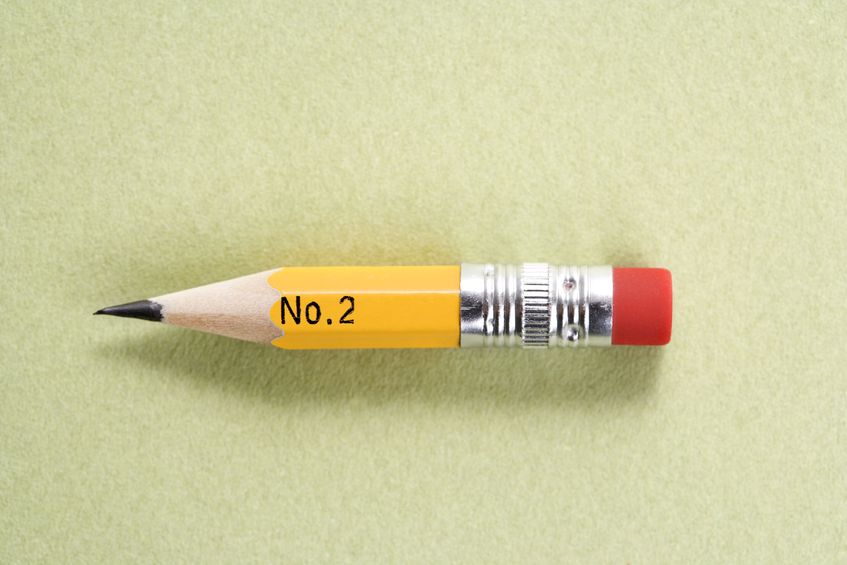The second-most important copywriting rule
March 6, 2015 • Glenn Murray

I don’t like rules. Usually I spend more time deliberately breaking them than following them. (Just ask my wife.) But there are some copywriting rules that must be observed. Like the most important one: “Write a great headline”. You MUST do that (or at least try your hardest).
I’m sure you can think of a few more than fall into the must-do category, but I bet there’s one in particular that doesn’t come to mind. And in my opinion, it’s the second-most important copywriting rule of all…
Always make your first sentence short.
Sure we hear a lot about writing succinctly. And even about limiting yourself to one idea per sentence. But the former is almost a motherhood statement, and the latter is ‘negotiable’ (depends on the medium). I never really hear people saying, “CUT THAT FIRST SENTENCE, DAMMIT!” And I should.
When I start reading a page of copy, I usually start with the headline. (Usually, but not always. For instance, if I’ve clicked through from a link in an email or a Tweet, I usually know what the headline is already.)
Then I always read the first sentence. Not just for meaning, but to get an idea of how well written the piece will be, and how easy to read.
If the first sentence is short, I digest it immediately and move right on to the next. I also consciously deduce there’s a good chance the rest of the piece will be easy to read too. Your readers may not consciously think it, but they’ll still recognise the sign.
If, on the other hand, the first sentence is long, I instantly get scared. If it’s really long, I immediately stop reading and scan the rest of the piece to see if there are any other clues. Perhaps the first sentence was just an outlier? And if it’s really, really long, I scan the rest of the piece looking for an excuse to stop reading!
And I’m a good reader, with a lot of education. Plus I’m very well-informed on a lot of topics (copywriters have to learn a lot of stuff), and I’m used to very complex, abstruse, dry, long and sophisticated texts.
Most people are pretty ordinary readers. (That’s not a criticism, it’s just a literacy fact.) So if I’m so easily put off by a long first sentence, imagine how easily put off your readers are. Especially if you’re writing sales material that people aren’t particularly motivated to read.
So “CUT THAT FIRST SENTENCE, DAMMIT!”


Elliot wrote on April 2nd, 2015
Very good advice. Whilst on the subject of first sentences, in the past few months I've noticed what I fear might be the beginning of a terrible trend: After the headline and lead-in, the first sentence of the article proper is a vague, descriptive statement, either about a person, a location, or a scenario. For example, see this Wired article about the resurgence of radio, which opens with a lengthy description of a faulty radiator: http://www.wired.com/2015/04/internet-radio-soulless-outlaw-station-fix/?mbid=social_twitter I understand what the intention is - to intrigue, to entice, to beguile - but whenever I read such an opening, I sigh deeply. To me, it just suggests that I'm going to have to trudge through some meandering musing before I reach the meat of the article. Blame The New Yorker. Blame Wired. Blame The Guardian and, as usual, blame Buzzfeed. The only problem is, I can't currently think of a better opening gambit for long form pieces.
Reply
Glenn Murray wrote on April 2nd, 2015
YES! I completely agree. I know they're just going for that intrigue/story-telling thing, but I groan whenever I see it. Like you, I know I'm going to have to do more work to find the meat.
Reply